Facing the aftermath of a flood demands resilience and a systematic approach to effective recovery.
This condensed guide focuses on flood clean up process, offering a step-by-step pathway to safely restoring your property. It addresses the immediate dangers—contaminated waters, electrical hazards, and the potential for illness—while underscoring the importance of safety measures, damage documentation, and thorough cleanup procedures. Despite the challenges, this guide supports you in not only reclaiming your space but also in rebuilding your peace of mind, ensuring you’re not alone in the journey towards restoration.
Essential Immediate Steps for Flood Cleanup
Embarking on the journey of flood cleanup is a critical task that requires prompt and organized action to mitigate damage and ensure safety. Following a structured approach can significantly aid in recovering your home to its pre-disaster state efficiently. Here’s how to tackle this process step by step:
Safety Measures
Before diving into the cleanup process, ensuring the safety of everyone involved is paramount. Begin by thoroughly inspecting the property for any structural damage, such as compromised walls or exposed electrical wiring, that could pose immediate risks. It’s essential to wear the appropriate personal protective equipment (PPE), including rubber boots, gloves, and, if necessary, safety goggles and masks to protect against hazardous substances present in floodwaters. Additionally, ensure that the electrical system is safely shut off to prevent any accidents related to water and electricity mixing. If there’s any doubt about the safety of doing this yourself, do not hesitate to seek professional help.

Halting Further Damage
Once safety is assured, the next step is to prevent additional water from entering the property. This might involve turning off the main water supply to address internal leaks or placing sandbags strategically to thwart external water sources. Covering breaches in the structure, such as holes in the roof or broken windows, with tarpaulins or sturdy plastic sheeting can also be effective in stopping further water ingress and protecting the interior from additional damage.
Salvaging Valuables
Protecting your belongings from further damage is crucial. Move furniture, electronics, and other valuable items to a dry area, or elevate them to prevent contact with wet surfaces. For items already affected, such as damp documents or textiles, relocate them to a well-ventilated area where they can begin drying out. It’s also advisable to separate items based on their material and the extent of the damage to assess what can be salvaged or needs special cleaning.
Documentation for Insurance
Documenting the extent of the damage thoroughly is essential for insurance purposes. Take detailed photos and videos of the affected areas and items before initiating any cleanup efforts. This visual evidence, along with a comprehensive list of damages, will be invaluable when filing your insurance claim. Ensure that this step is done meticulously to facilitate a smoother claim process and potentially expedite the recovery of losses.

Preserving Indoor Air Quality After a Flood
The aftermath of a flood not only leaves visible damage but also poses hidden hazards, notably to indoor air quality (IAQ). Ensuring a healthy living environment requires diligent attention to IAQ during the flood cleanup process. Here’s how to address these concerns effectively:
Initial Ventilation
As soon as it’s safe to re-enter your home, begin by ventilating the space to reduce humidity levels and dilute contaminants. Open doors and windows to allow fresh air to circulate throughout the property. If electricity is safely restored and there’s no risk of spreading contaminated aerosols, use fans to further aid in the ventilation process. This initial step is crucial in starting the drying-out process and preventing the growth of mold, which thrives in moist environments.
Mold Mitigation
Mold can begin to grow within 24 to 48 hours in damp conditions, posing significant health risks and further damaging your home’s structure and belongings. Inspect your home for mold growth, focusing on areas that were submerged or are particularly damp. Removing water-damaged materials like carpeting, drywall, and insulation is essential in controlling mold spread. For extensive mold contamination, consider hiring mold remediation specialists who can safely and effectively address the problem.
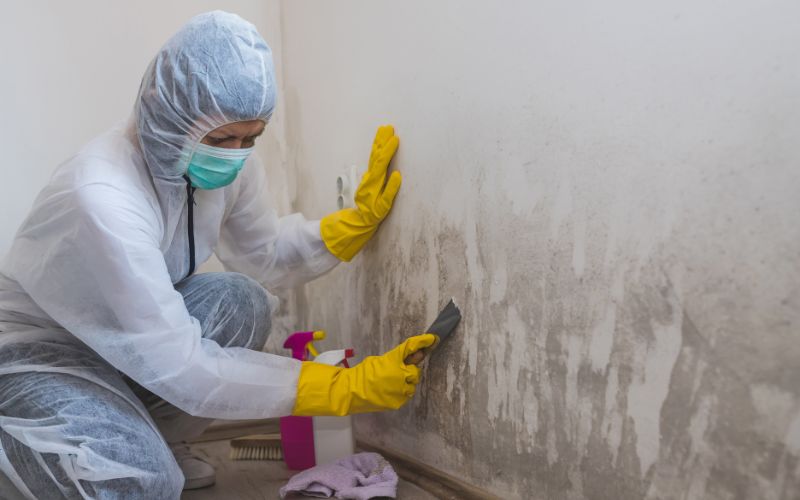
Dehumidification and Drying
Continuously managing the humidity levels in your home is key to maintaining good IAQ after a flood. Use dehumidifiers to extract excess moisture from the air, and maintain a consistent use of fans to keep air moving. This step not only aids in drying out the structure and furnishings but also helps prevent the onset of mold and mildew. Monitor humidity levels regularly with a hygrometer to ensure they are kept within a safe range (ideally between 30% and 50%).
Cleaning and Disinfecting
Thoroughly clean and disinfect all areas affected by floodwaters to remove pollutants and pathogens. Focus on hard surfaces, such as floors and countertops, using EPA-approved disinfectants for flood cleanup. Soft furnishings that have been affected and can be salvaged should be professionally cleaned to ensure they are free from contaminants and mold spores. Always wear protective gear during this process to avoid exposure to harmful substances.
Air Quality Monitoring
After the initial cleanup and restoration phase, continue to monitor the air quality in your home. Air purifiers with HEPA filters can be effective in removing particulate matter, while activated carbon filters can capture volatile organic compounds (VOCs) and odors. Regularly checking for any signs of mold or mildew resurgence is crucial. If respiratory issues or persistent odors occur, it may indicate underlying IAQ problems that require professional evaluation.
By prioritizing indoor air quality in your flood cleanup efforts, you can protect the health of your household and ensure your home remains a safe and comfortable environment in the aftermath of a disaster.
Organizing a Professional Flood Cleanup Crew
Following a flood, the enormity of the cleanup required can seem overwhelming. However, assembling an effective cleanup crew, particularly by enlisting the services of a professional restoration company specializing in flood damage cleanup, can significantly alleviate this burden. These professionals not only bring expertise and efficiency to the task but also ensure that your property is cleaned and sterilized to the highest standards.
The Benefits of Professional Restoration Services
Opting for a professional restoration service offers numerous advantages:
Expertise and Experience: Specialists in flood damage restoration possess the necessary skills to tackle various challenges, from water extraction to mold mitigation. Their experience ensures a thorough and effective cleanup.
Professional Equipment: Such companies are equipped with industrial-grade tools and products that can more effectively remove water, dry out spaces, and sanitize affected areas than standard household equipment.
Assistance with Insurance Claims: Many restoration companies have experience working with insurance providers and can help document damages and navigate the claims process, making it smoother for you.
Guaranteed Clean and Sterilization: Professionals guarantee that after the cleanup, your property will not only be visually clean but also sanitized against potential health hazards, offering peace of mind in a stressful situation.
Whether you augment your cleanup efforts with the support of family, friends, and community volunteers or opt solely for professional help, proper preparation is key. Ensure that everyone involved is briefed on safety protocols and equipped with necessary protective gear, such as gloves, masks, and boots, to safeguard against hazards.
The Cleanup Process
With your crew organized, the initial phase of property cleanup can commence. This involves removing standing water, sorting debris, and salvaging items where possible. While the task may appear daunting, a structured approach and the support of a skilled team can make a significant difference in efficiently reclaiming your space.
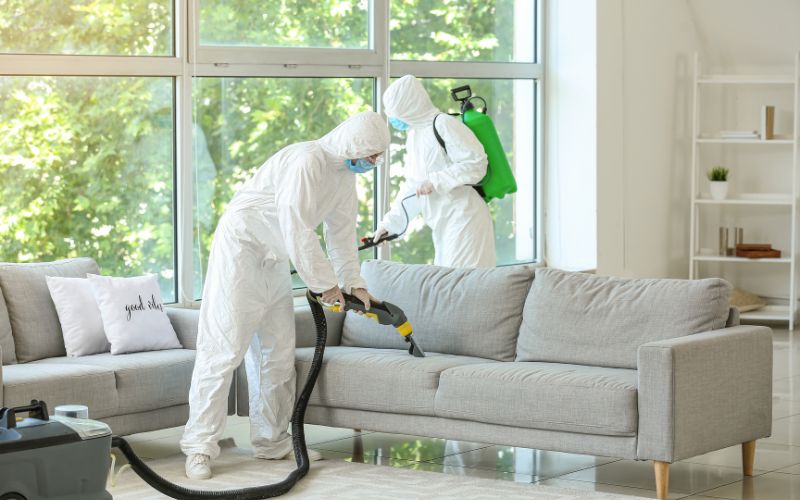
Final word
Facing a flood’s aftermath requires a careful approach to effectively restore your property. This guide has walked you through vital steps, from prioritizing safety and mitigating mold to preserving indoor air quality. For those seeking professional assistance, Restoration Operators offers comprehensive flood cleanup services. With our expertise, we ensure thorough cleaning, sterilization, and support through the insurance claims process. Don’t navigate this challenging time alone. Contact Restoration Operators for a professional service that guarantees peace of mind and a swift return to normalcy. Let us help you reclaim your space and restore your tranquility.
Frequently Asked Questions
How much does flood cleanup cost?
The cost of flood cleanup can vary widely depending on the extent of the damage, the size of the area affected, and the type of services required. On average, homeowners might spend between $1,200 and $4,500 for flood cleanup and restoration services. However, extensive damages requiring structural repairs or mold remediation can push costs higher, potentially exceeding $10,000. It’s important to get a detailed estimate from a professional service like Restoration Operators to understand the specific costs associated with your situation.
What do you wear to a flood cleanup?
Safety is paramount during flood cleanup. Wear protective clothing to minimize exposure to contaminants. This includes waterproof boots, gloves, long sleeves, and pants. Depending on the severity, you may also need a N95 respirator mask, goggles for eye protection, and a hard hat. Ensuring personal safety helps prevent injuries and health issues during the cleanup process.
Can flood cleanup prevent mold growth?
Yes, prompt and thorough flood cleanup can significantly reduce the risk of mold growth. Mold thrives in moist environments, so quickly drying out affected areas, removing water-damaged materials, and using dehumidifiers can help prevent mold from developing. Professional services can also apply treatments to discourage mold growth in the future.
Is flood damage covered by homeowners insurance?
Flood damage is typically not covered by standard homeowners insurance policies. Instead, flood insurance is available through the National Flood Insurance Program (NFIP) and from some private insurers. Reviewing your policy and consulting with your insurance provider is crucial to understanding what is and isn’t covered in the event of a flood.
How long does it take to clean up after a flood?
The duration of flood cleanup varies based on the flood’s severity, the size of the affected area, and the extent of the damage. Minor cleanups can take a few days, while extensive restorations may require several weeks to months. Professional restoration services can provide a timeline based on an assessment of your property’s specific conditions.



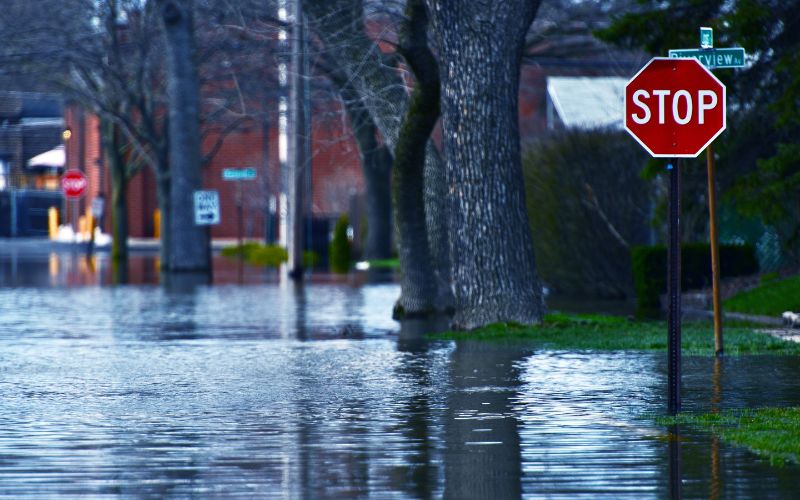
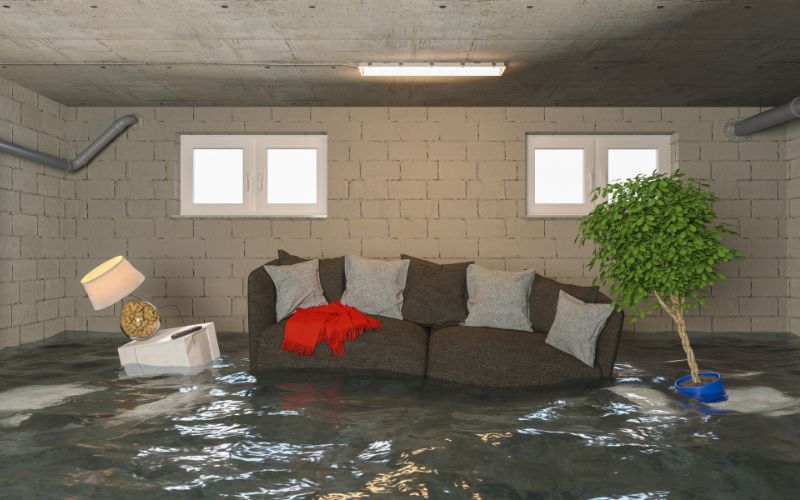
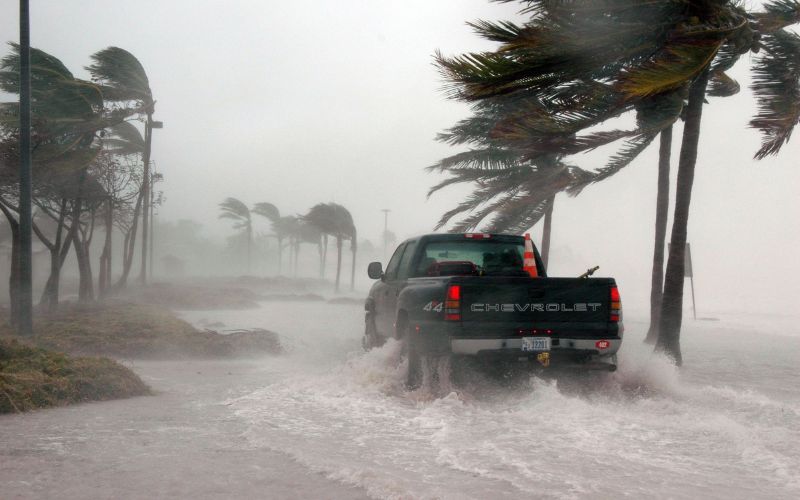
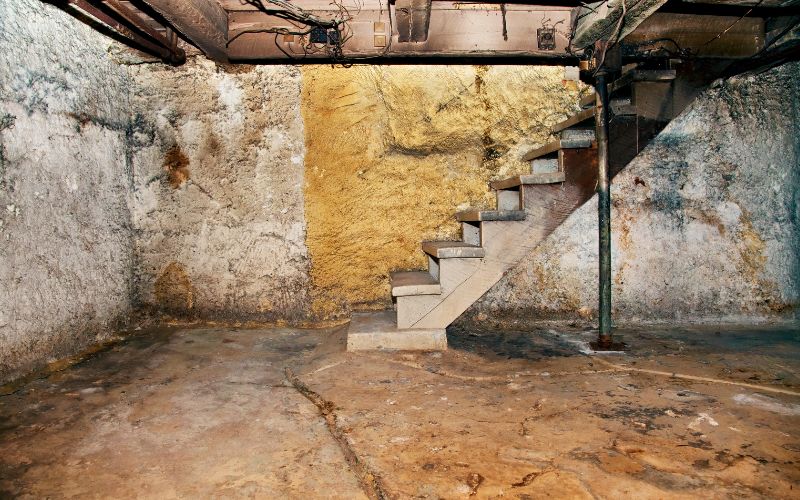
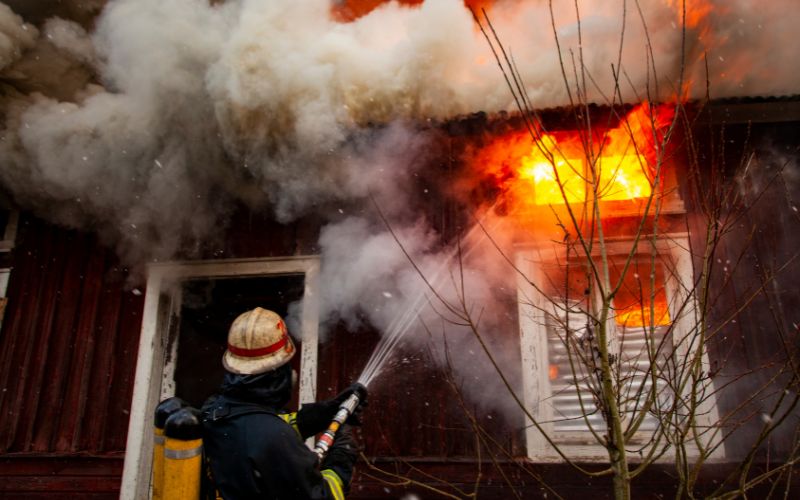




 by
by